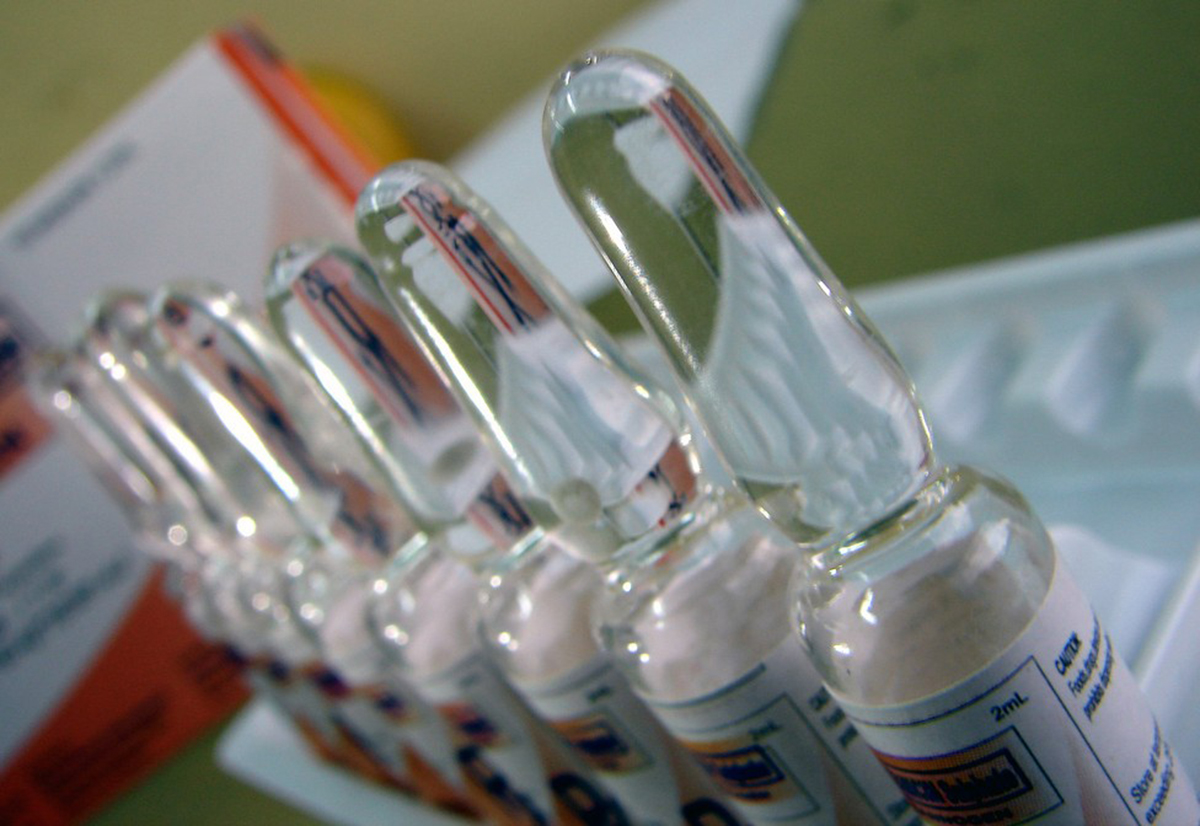Table of Contents
After a pharmaceutical company receives approval to sell the vaccine, local and international laws strictly regulate its industrial production.

Culturing virus and bacteria
The viral and bacterial agents used for vaccines need to be grown on an industrial scale. For this, pharmaceutical companies use different methods: yeast, bacteria and cell cultures, bioreactors and primary cell cultures. These last can be chicken embryos or fertilized chicken eggs.
These eggs are specially produced for biotechnological applications and have to comply with health and safety regulations that allow them to be used as culture media for the influenza virus.
For the process of culturing, several chemical reagents have to be used to get either the inactivated or attenuated form of the organisms, or the fragments that are required for the vaccine.
Adjuvants are usually added to vaccines. What are they? They are chemical reagents that enhance the response of the immune system towards the virus or bacteria present in the vaccine solution. Also, as any other drug, stabilisers are used to keep the vaccine effective for as long as possible.
The final step is the packaging of the vaccine, which is done in sterile containers, usually small crystal vials, which can be easily transported and stored under specific conditions.
How does a vaccine work?
To explain how a vaccine can activate our immune system and keep it alert in case of infection, we will take the influenza vaccine as an example.
Antibodies are proteins that are produced by immune cells and that are specific for each antigen that they recognize. For example, the influenza virus antigens trigger the production of antibodies against influenza, whereas the smallpox virus antigens trigger the production of antibodies, similar to the ones for influenza, but that only recognize the smallpox virus.
Because the vaccine is mimicking the effects that the real virus would have in our immune system, it is normal to feel flu like symptoms such as fever, after being vaccinated. When the immune system finishes building up immunity against influenza, it goes back to normal but keeps a record of the influenza virus infection.
See Also: Are Western Parents Bringing Back Scary Diseases By Rejecting Vaccines?
As you can see, vaccine development is not an easy process. It takes several years to take a vaccine from the lab to the pre-clinical stage, and more years to have it tested in humans and to be approved for its production and commercialization. The process is strictly controlled from head to toe to make sure that it helps in preventing the spread of diseases, such as the flu and tuberculosis, without putting in danger the health and safety of us as consumers.
- WRIGHT, P. F. 2004. How do influenza vaccines work? Clinical infectious diseases : an official publication of the Infectious Diseases Society of America, 39, 928-9.
- Photo courtesy of John Keith by Wikimedia Commons : commons.wikimedia.org/wiki/File:Vaccine.jpg
- Photo courtesy of ZaldyImg by Flickr : www.flickr.com/photos/8499561@N02/2756473452
- www.vaccineseurope.eu/about-vaccines/key-facts-on-vaccines/how-are-vaccines-produced/
- www.euvaccine.eu/vaccines-diseases/vaccines/stages-development
- www.fda.gov/BiologicsBloodVaccines/DevelopmentApprovalProcess/BiologicsLicenseApplicationsBLAProcess/ucm133096.htm
- www.flu.gov/prevention-vaccination/vaccine-development/


Your thoughts on this